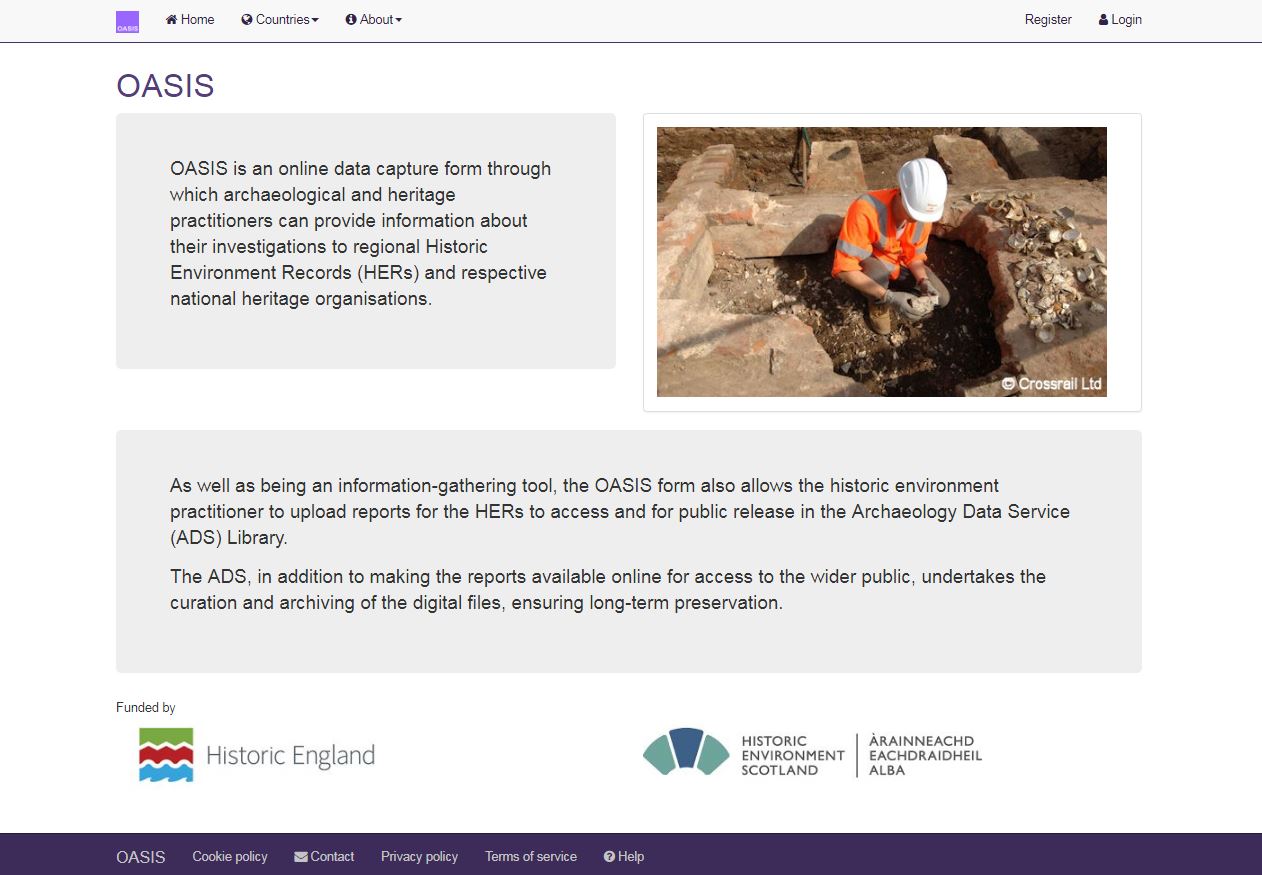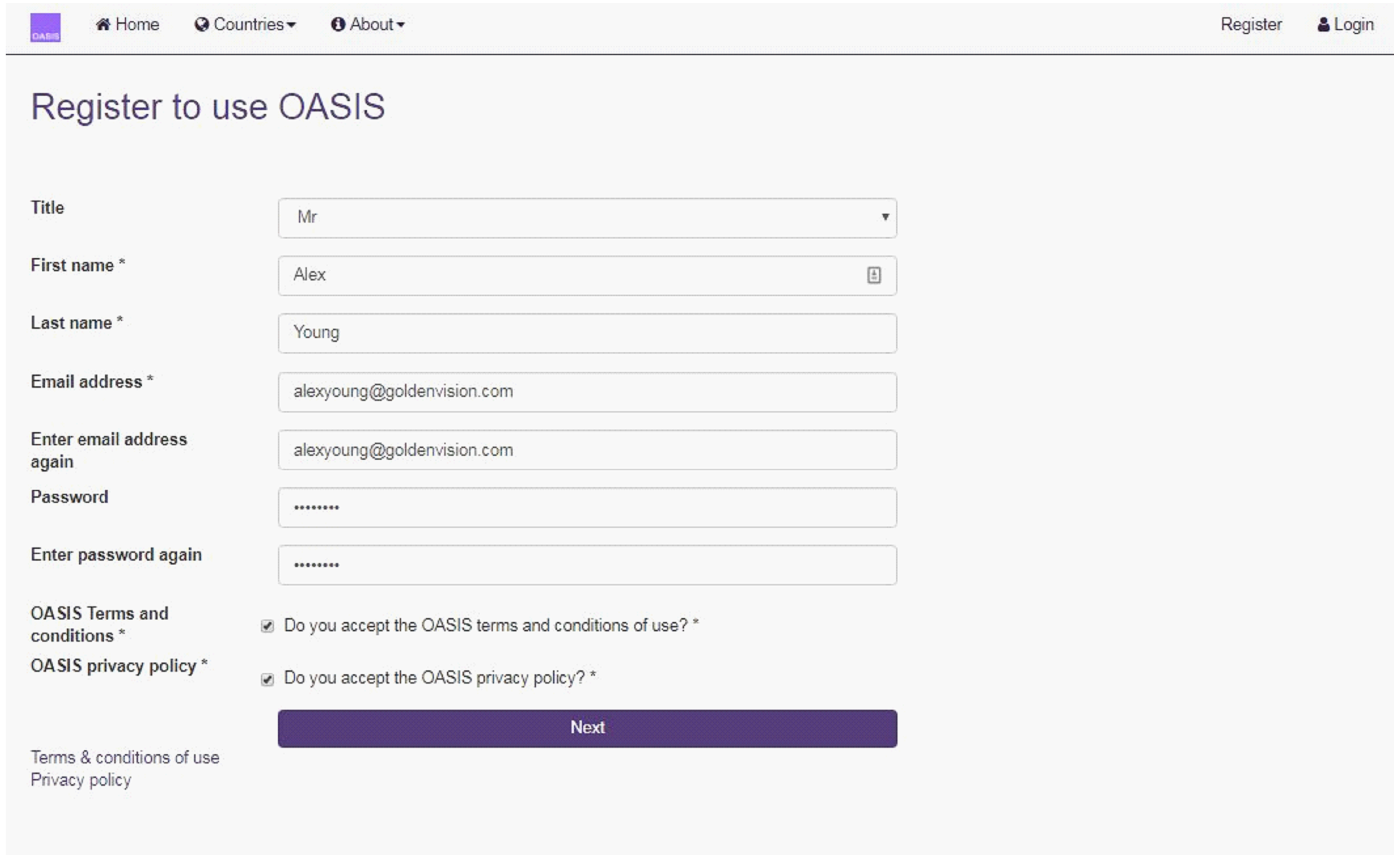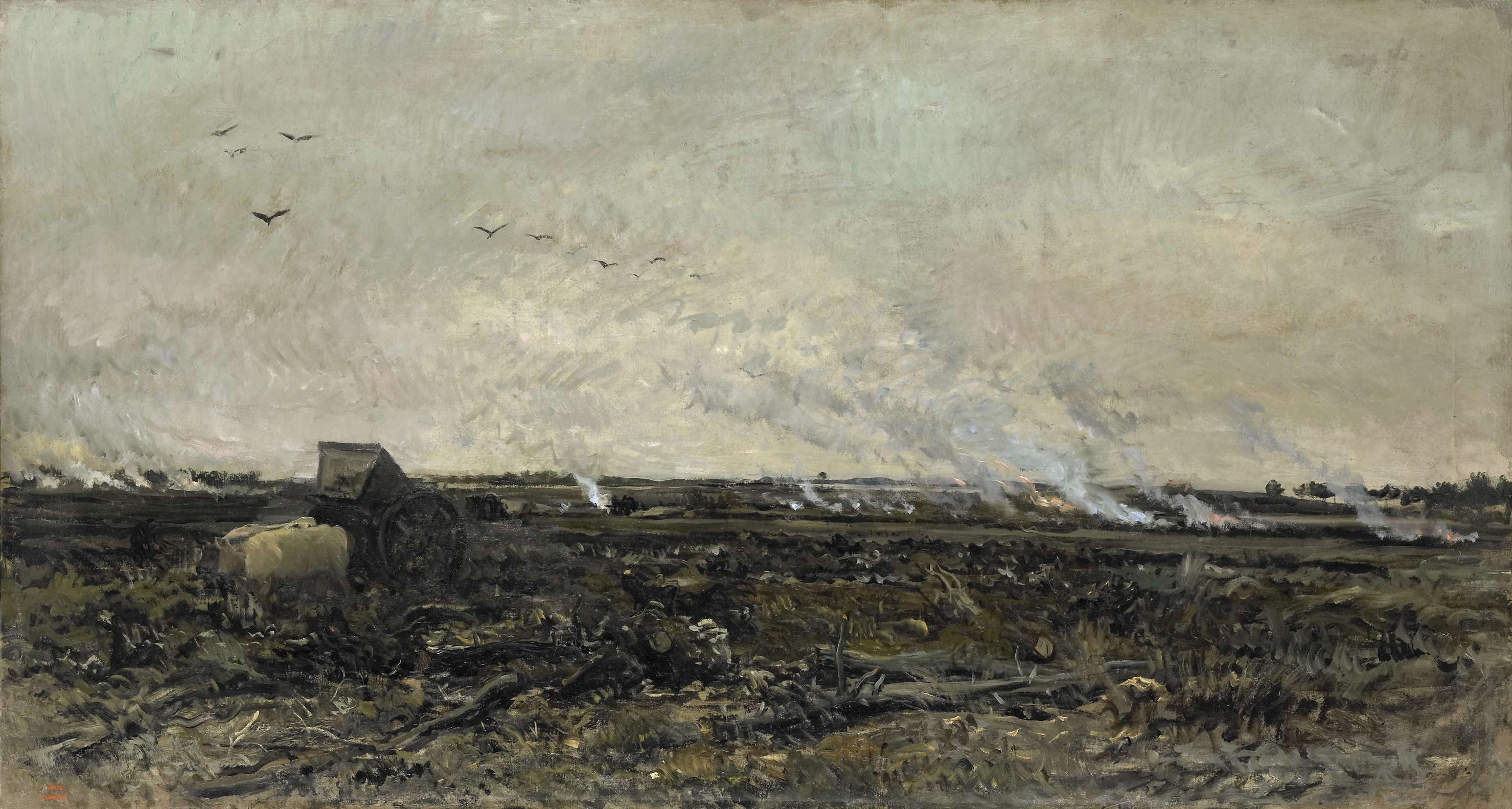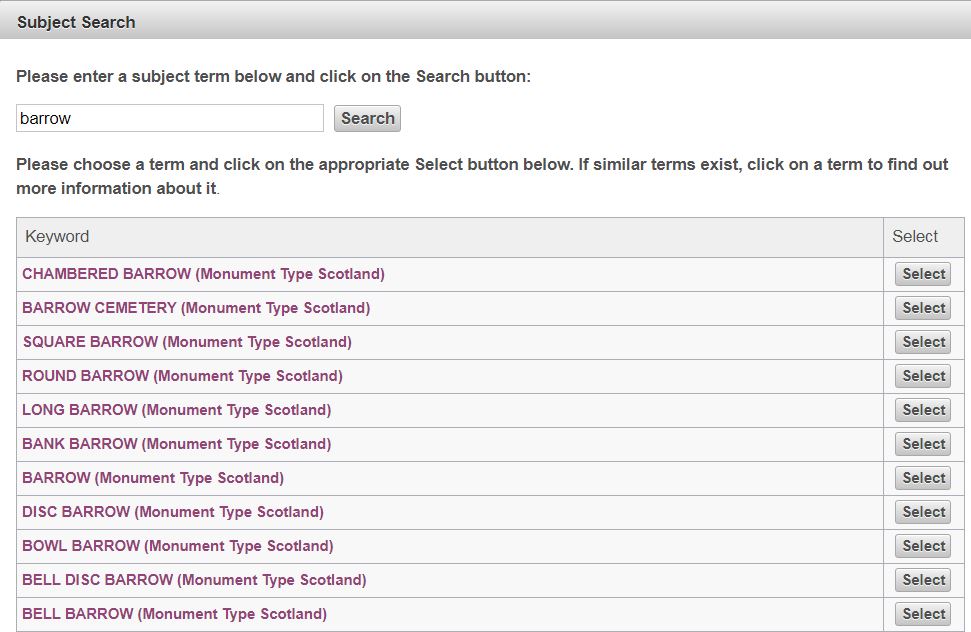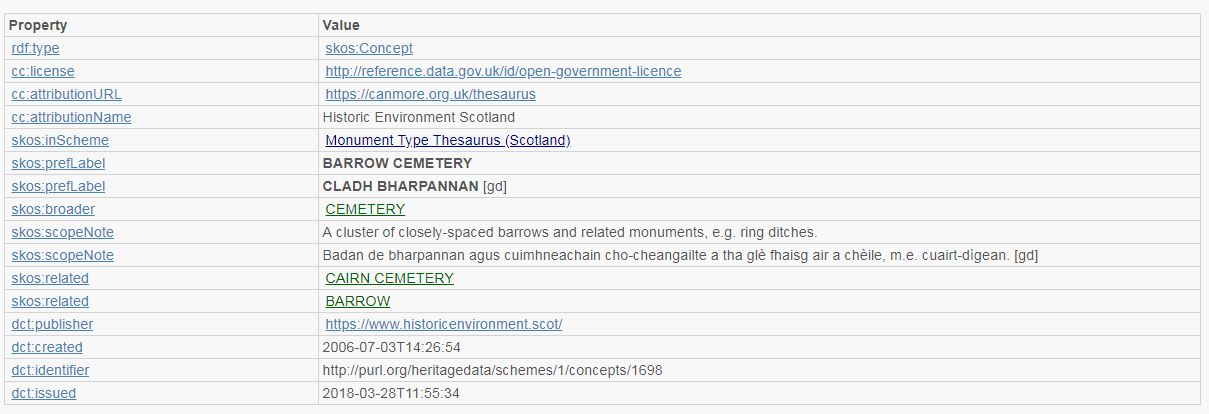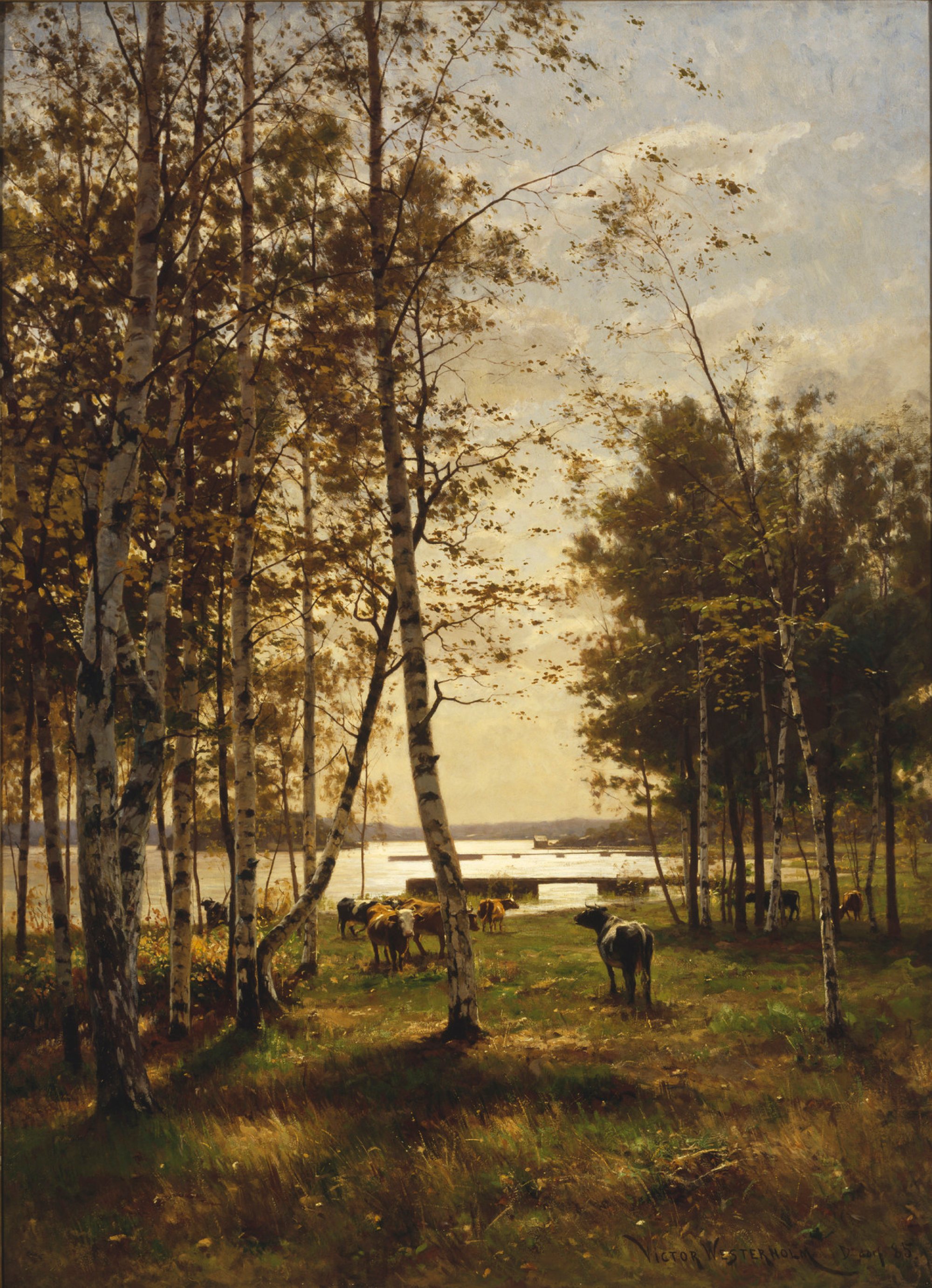
Image published by the Finnish National Gallery – Public Domain
Following on from the recent blog on the behind-the-scenes work with vocabularies and migration, here’s a short overview of our work on developing the form itself…
One of the most important features of the new OASIS system will be a much enhanced system for logging in. This sounds incredibly straightforward, everyone is used to a web-based system that asks for a username and password; but behind OASIS is a level of technical complexity to support an increased need for simplicity and flexibility. This sounds somewhat contradictory, but to explain…
In the current system logging in is done as an organisation – all users within this organisation (for example My Archaeological Unit) log on with the same details. But what about where there are lots of people, and what if these people are split between regional offices, and what happens when one person forgets the password? What happens when someone leaves? Do we change the password, or rely on the individual to forget it (admittedly I’m sure everyone has much better things to do than logon and sabotage OASIS records, but the principle remains)?
The solution is to move to a system where every individual has their own logon credentials, but then the real complexity starts as we have to factor an individual moving jobs, having more than one job/role and for these roles to have different administration rights. For example, in a hypothetical situation I may start off working for Anfield Archaeology in a role that involves me creating and editing OASIS records for my projects. Then I move to Goodison Archaeology and take over pre-existing projects: the system needs a process to stop me seeing Anfield records (commercial sensitivity etc), but to have access to Goodison records. Whilst in my new job I do some work with Spellow Archaeological Society and offer to help them fill in some archaeological records, as an experienced OASIS user I volunteer to set up this group in the system and become an admin user, but at a later data want to pass on this responsibility to someone else.
I’ll stop there, but the the myriad of potential roles and responsibilities – and these are things identified by OASIS users in the survey – are enormous. So now we’re no longer just dealing with a log on page, but a full-blown user management system. This is what Jo’s been hard at work on over the Summer. Explaining what she’s done in prose is overly long, so here’s a few screen grabs to demonstrate the main principles. Please remember this is the first draft version of the form, things aren’t set in stone and these grabs should be used for illustrative purposes only.
Slide 1: The new OASIS homepage (login on top right corner of screen)
Slide 2: Presuming I already have an account (I get to registering below), I logon and am met with a landing screen. The top-right corner tells me who I’m logged on as, and which organisation I’m currently “in”. In this example, I’ve set my own fictional unit Tim Evans Archaeology as being my default organisation. I can select an option to look at my personal profile
Slide 3: Here I can change my name, I can also see that I’m a standard user for the organisation (so no admin rights). Further down the screen I can set the frequency of notifications I receive from OASIS.
Slide 4: If I go back to my home-page, I can see that I’m also registered with two other organisations. In this case I want to go to my work with “HERALD Level 1 Test User”.
Slide 5: I’m now “in” the system as this other organisation, I can see which organisation I am by the notification in the top-right corner of the screen. If I look at the organisation profile I can see the list of users registered to this organisation. I can see and edit this section this as I am a registered ADMIN. In this example you can see that the user timevans1878 has registered for my organisation, but their user status is set as PENDING. People asking to join an organisation and see their records have to be vetted by an ADMIN, which in this case can be any of the 3 users with these privileges (note: there can be as many admins as needed).
Slide 6: If I scroll down that a page, I can see some extra functions. At the bottom there’s the option to add some text and a logo for my organisation. This will appear in OASIS (so can be seen by other users), and also be transferred to the ADS Library to accompany my organisations reports. Branding of reports (and the ability to edit logos) was a popular request in the scoping phase and is perfectly understandable; people put a lot of work in getting their reports online, and it’s good to enable them to customise “their” section of the site (for example see Wessex Archaeology in the ADS Library). The other function to flag up is the add person button (highlighted)
Slide 7: If I click this I come to a screen where I can start searching for other registered users, I start typing in for my colleague Julian Richards and I can see that he’s in the system. I select him and can either add him as a Standard or Admin user. Important to remember that I can do this due to already being an ADMIN. I can downgrade my status at any point, although the system will always require 1 ADMIN user.
Slide 8: I can also leave an organisation if I wish, so simply go back to my profile and I can see that I’m still registered with “Tim Evans Archaeology” and “test Katie”, but can leave as long as I’m not the sole admin. You can also see that I can apply to join other organisations.
Slide 9: this all assumes I’m already registered. If I’m new to OASIS I can apply to register instead of logon. In this slide I’ve just been asked to register using my email address. However having done so I’m reminded that tim.evans is already registered as an OASIS user, I then get the usual reminders/reset. This is to try and stop (as much as possible) duplication within the system. An interesting facet of this work is our aim to coordinate OASIS users logon details across all main public facing applications hosted by by the ADS (OASIS, Library, ADS-EASY). Jo has been hard at work wrestling with things such as composite persistence modules (no, me neither) to reach a point where a user just has one set of ‘centralised’ credentials. So, no more logging in/out of different systems.
Slide 10: In this case, let’s pretend I’m a fictional user who has never used OASIS at all. I enter my details as usual. It’s worth reminding readers that for security purposes all passwords are encrypted at the ADS side (we can’t see what they are!). A user will also be asked to read and agree with Terms and Conditions of Use (e.g. “You may not place on this website any material where the rights belong to a person other than yourself without the consent of the owner”), and the Privacy Policy. The latter makes sure you’re aware of what information the ADS does and does not collect, and how it is stored, accessed and re-used.
Slide 11: My fictional user is then asked to which organisation they would like to be a part of. Here, the user wants to be part of Tim Evans Archaeology. They find the group then click to join, as noted earlier their participation will need to be approved by an ADMIN for that group. If my organisation doesn’t exist, I can create my own
Slide 12: So off I go and create my new organisation. The system does check to see if “Steve Puffin Archaeology” already exists to try and stop duplication. Providing it doesn’t, the new account is created and I’m automatically the ADMIN for this group. The world of OASIS is now my oyster.
I’ll stop there! I hope that’s given people a clear overview of just some of the functionality that’s already been built. We’re currently only sharing this pre-alpha build with the project funders, but by Spring 2019 we’ll be circulating the next version of the build for wider testing. We’ve already had several people sign up, so if you are interested in being an early stage tester please do get in touch via [email protected]
Tim
